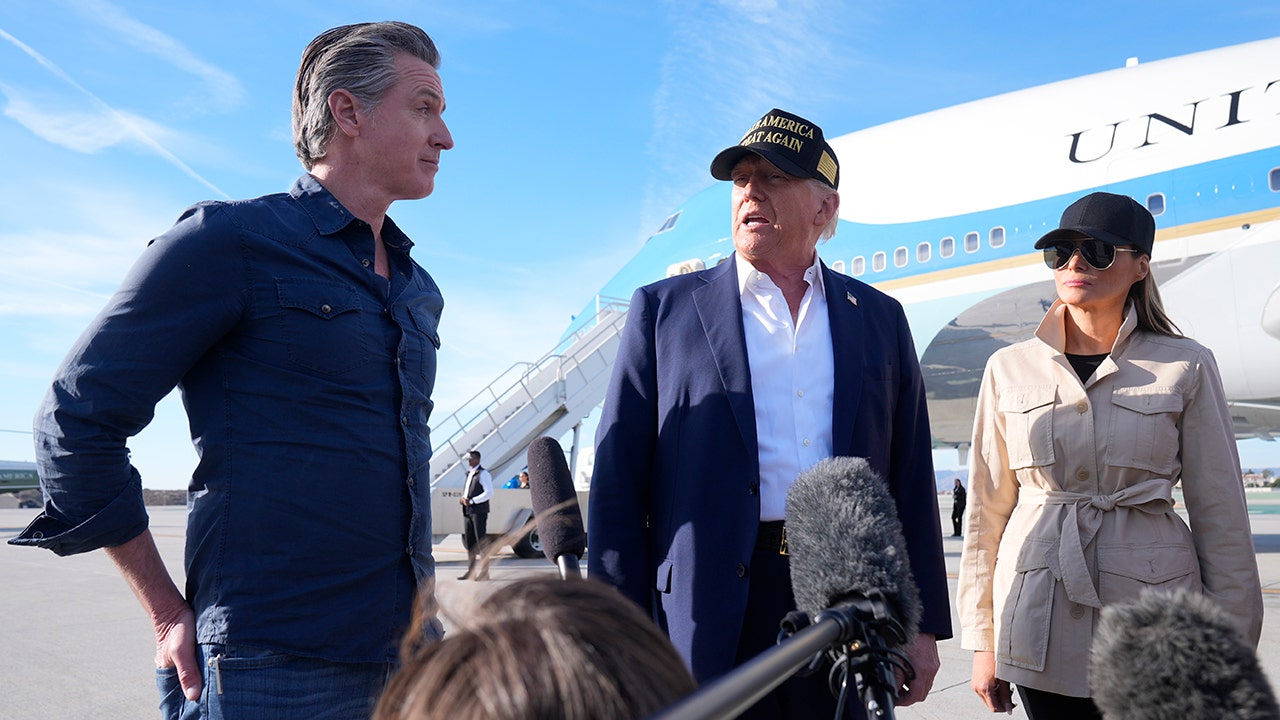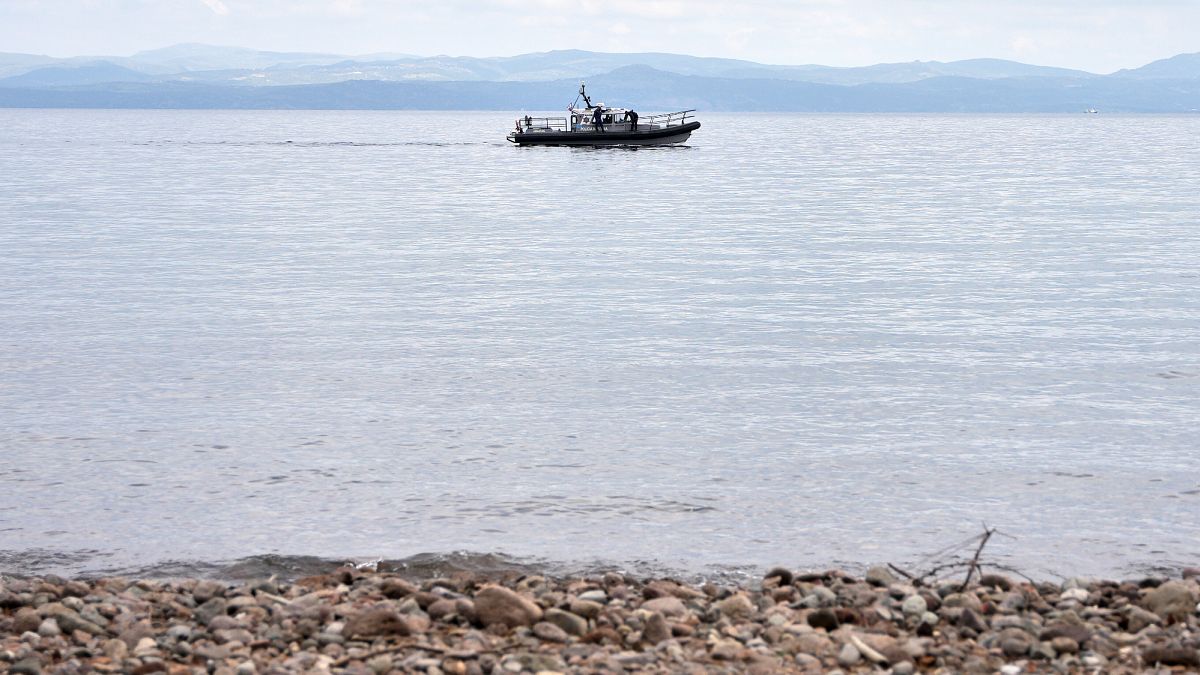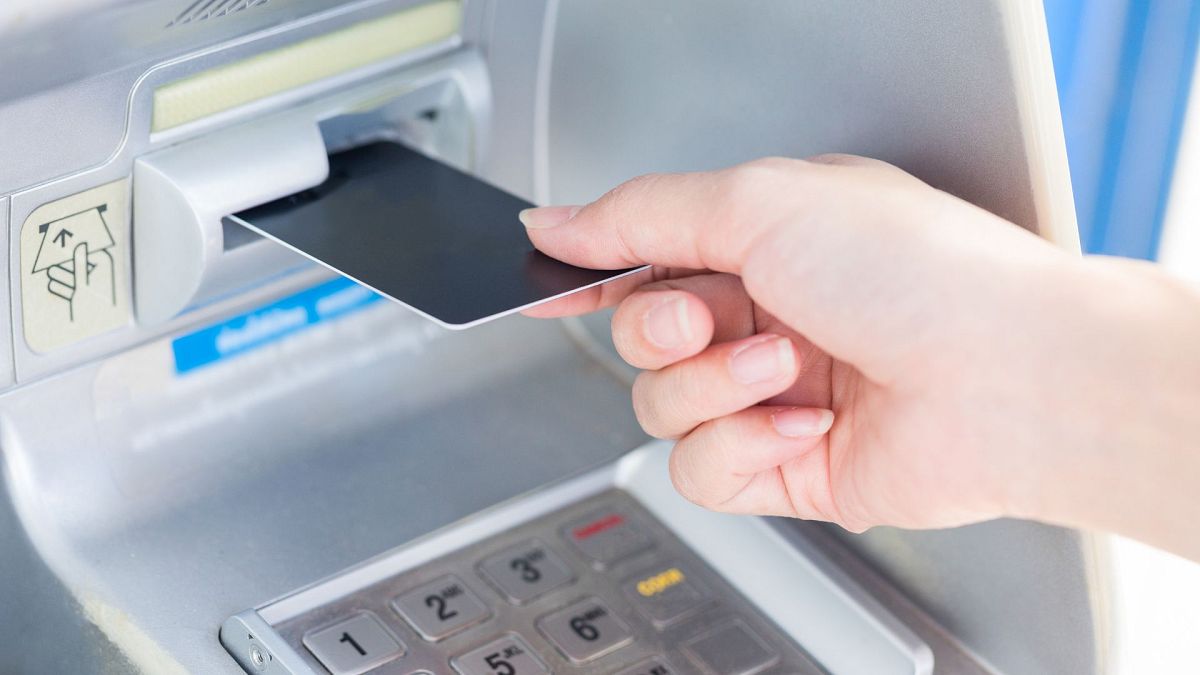A basic pedometer can prove suffice for measuring health-promoting physical activity, according to a study comparing pedometers with more complex devices. Simply counting steps captured a remarkable amount of information about the participants’ aerobic fitness and cardiovascular health.
The general recommendation for physical activity is to be active at least at a moderate intensity for at least two-and-a-half hours a week. The greatest health gains are made by progressing from a completely sedentary lifestyle to some level of activity.
However, monitoring activity levels and health outcomes is challenging, for individuals and healthcare professionals alike. This study investigated how well pedometers match the more advanced and established measurements provided by accelerometers.
While a pedometer only counts steps, an accelerometer provides information on the total volume of physical activity, including the number of steps, as well as detailed information about the activity, such as movement patterns, time of day, intensity level, and more.
Step data as a basis
The study encompassed 4,127 people, aged 50-64 years, whose aerobic fitness was estimated with the aid of a cycle ergometer. Their health was measured using a combination of waist circumference, blood pressure, blood lipids, and insulin sensitivity.
The participants were provided with accelerometers for a week so that researchers could collect step data together with more advanced data. When the step data were compared with the complete accelerometer data, the step count was found to have captured a full 88 percent of the health information provided by the accelerometer measurements.
According to the researchers, the results demonstrate the reliability of step counting as a method for measuring health outcomes when linked to individual aerobic fitness and cardiovascular disease risk factors, thereby by validating the use of step counting as opposed to accelerometer measurements.
One of the lead researchers behind the study is Jonatan Fridolfsson, physiotherapist and researcher at the Centre for Lifestyle Intervention at the University of Gothenburg and Sahlgrenska University Hospital.
The study supports the use of step counting, which is available to most people via their cellphone or activity tracker, as a practical and viable metric for assessing physical activity in relation to health. This can make it easier for both individuals and healthcare professionals to understand, measure, and improve activity levels in everyday life.”
Jonatan Fridolfsson, physiotherapist and researcher, Centre for Lifestyle Intervention, University of Gothenburg and Sahlgrenska University Hospital
Fast pace is beneficial
The study also shows that cardiovascular health optimization requires brisk walking at a minimum. Walking at a normal pace did not produce the same health benefits in the study group, which was comprised of middle-aged individuals with no underlying heart disease.
“This suggests that we need greater emphasis on physical activity of sufficient intensity in public health recommendations,” says Jonatan Fridolfsson.
Another finding concerned cadence when walking, with 100 steps per minute often considered the lower threshold for sufficient intensity. However, among the participants in this study, a minimum cadence of 80 steps per minute was most strongly associated with good aerobic fitness and cardiovascular health.
“The point is that it’s important to adapt the idea of sufficient intensity to the individual. For this particular group, and their daily physical activity, a threshold of 80 steps per minute was more strongly associated with aerobic fitness and cardiovascular health markers.”
The study was conducted at the Centre for Lifestyle Intervention at the University of Gothenburg and Sahlgrenska University Hospital in collaboration with the Center for Health and Performance (CHP) at the University of Gothenburg.
The results are published in the Journal of Internal Medicine and are based on data from the SCAPIS population study, the largest in Sweden in the field of heart, vascular, and lung disease, encompassing 30,000 randomly selected Swedes aged 50-64 years who underwent comprehensive health exams.
Source:
Journal reference:
Fridolfsson, J., et al. (2025). Simple step counting captures comparable health information to complex accelerometer measurements. Journal of Internal Medicine. doi.org/10.1111/joim.20081.

























